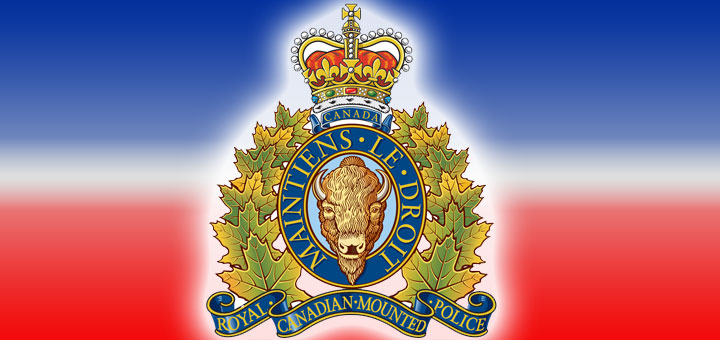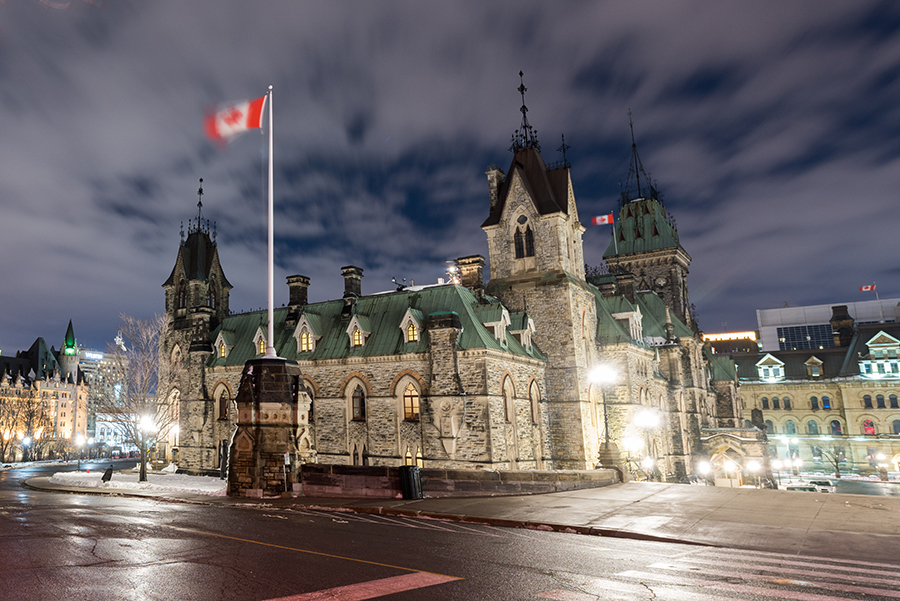Guest Column: Wildfire damage can be greatly reduced
Albertans are no strangers to the destruction of wildfires. Jasper, Fort McMurray, Slave Lake, and Sturgeon Lake Cree Nation are all communities devastated by wildfire in recent years. We empathize with those who lost their homes, their businesses or their jobs and bear witness to the challenges they face to rebuild their communities and their lives.
In 2023, wildfires burned 18.5 million hectares of land in Canada – three times the size of Nova Scotia. Two hundred thousand people were evacuated and the damages from insurable losses cost over $3 billion dollars. With 60% of Canadian communities being located near wildfire-prone areas, we can expect to face even more challenges in the future.
The risk of wildfire is increasing due to more residential and industrial development into forested and grassland areas, and due to accumulated vegetation from over one hundred years of fire suppression. Furthermore, climate change has increased the length of the annual fire season and created conditions for larger, hotter and faster-moving fires.
The economic, social and health impacts of the wildfires are far-reaching. Commercial activity and tourism decrease due to evacuations and structural damage. Businesses are forced to reduce operations and workers lose time at work. Loss of housing and disruptions to essential services such as electricity, drinking water, and communications put severe social stress on communities. Anxiety disorder and post-traumatic disorder are more common in those affected by wildfire damage and mental health issues can persist for many years after the event.
It is natural to feel helpless in the face of wildfire threat, but the reality is that there are many aspects we can control, both individually and collectively. As a society, we can make large-scale investments to ensure that our homes, businesses and communities can resist the destruction of wildfires.
Businesses, landlords and homeowners can reduce the risk of their buildings catching fire by up to 75 per cent through individual actions. Most structures at the edge of communities are not destroyed by direct contact with the fire, but by embers or burning fragments of vegetation showering on homes up to two kilometers ahead of the leading fire edge.
Relying on firebreaks and reduction of vegetation that can burn around communities is important to reduce direct contact with wildfire but is certainly not enough to protect homes from igniting due to embers. A study of the 2016 Fort McMurray fire found that low risk vegetation in the immediate area surrounding homes was the single most important factor in differentiating homes that survived from those that burnt, followed by uncluttered yards with few combustible objects and the use of firesafe building materials. These findings are consistent with the FireSmart guidelines for landscaping and building.
FireSmart is a national program designed to increase wildfire resilience of communities and it outlines several scientifically proven actions that can be taken to protect businesses, homes and neighbourhoods. FireSmart guidelines include avoiding planting shrubs and plants within 1.5m of buildings, removal of coniferous trees within 10 meters of buildings and relocating firewood and lumber stored within 10m of the house and under decks. The guidelines also recommend the use of fire-resistant roofing materials such as asphalt, metal or concrete; non-combustible siding (stucco, metal or fibre cement), and non-combustible materials for decks and porches. Following FireSmart guidelines reduces the chances of homes catching fire and helps firefighters defend structures if they do ignite.
But individual efforts can only go so far in preventing wildfire damage given what we know about how fire progresses. Vulnerable homes ignite first, then fire spreads to adjacent homes and when a critical mass of buildings catch fire, the fire coalesces and causes large scale destruction in the community. To protect our neighbours, neighbourhoods and communities, we all have to take action and view FireSmart implementation as a team sport.
Policymakers, government agencies and the private sector also have a role to play in reducing wildfire damage to communities. Fire protection and public safety agencies have to prioritize prevention initiatives and educate neighbourhoods and communities on how to prevent homes from catching fire due to embers. Housing developers and landscapers working in wildfire-prone areas should systematically follow FireSmart building and landscaping guidelines. Insurance companies need to help build back smarter after wildfire damage and support clients in rebuilding with fire resistant materials and design.
The federal government also has to take leadership and be responsible for creating nationally-accepted building standards to safeguard against wildfire damage. Provincial and national park agencies with jurisdiction over lands adjacent to communities must reinforce the efforts of property owners by ensuring that trees are thinned and pruned and accumulated vegetation and deadfall removed.
Municipalities need to protect communities by creating appropriate firebreaks and requiring greater separation of buildings in wildfire-prone areas to limit the spread of fire from one structure to another. Municipal governments in high-risk communities should consider making FireSmart measures mandatory in urban developments, and at the very least, make sure that municipally-owned buildings, social housing, and landscaping in urban parks and open spaces follow FireSmart guidelines.
Through effective leadership, collaboration between public and private sectors and community action we can learn to live with the threat of wildfire.
Vamini Selvanandan is a family physician and public health practitioner in Alberta. For more articles like this, visit www.engagedcitizen.ca






